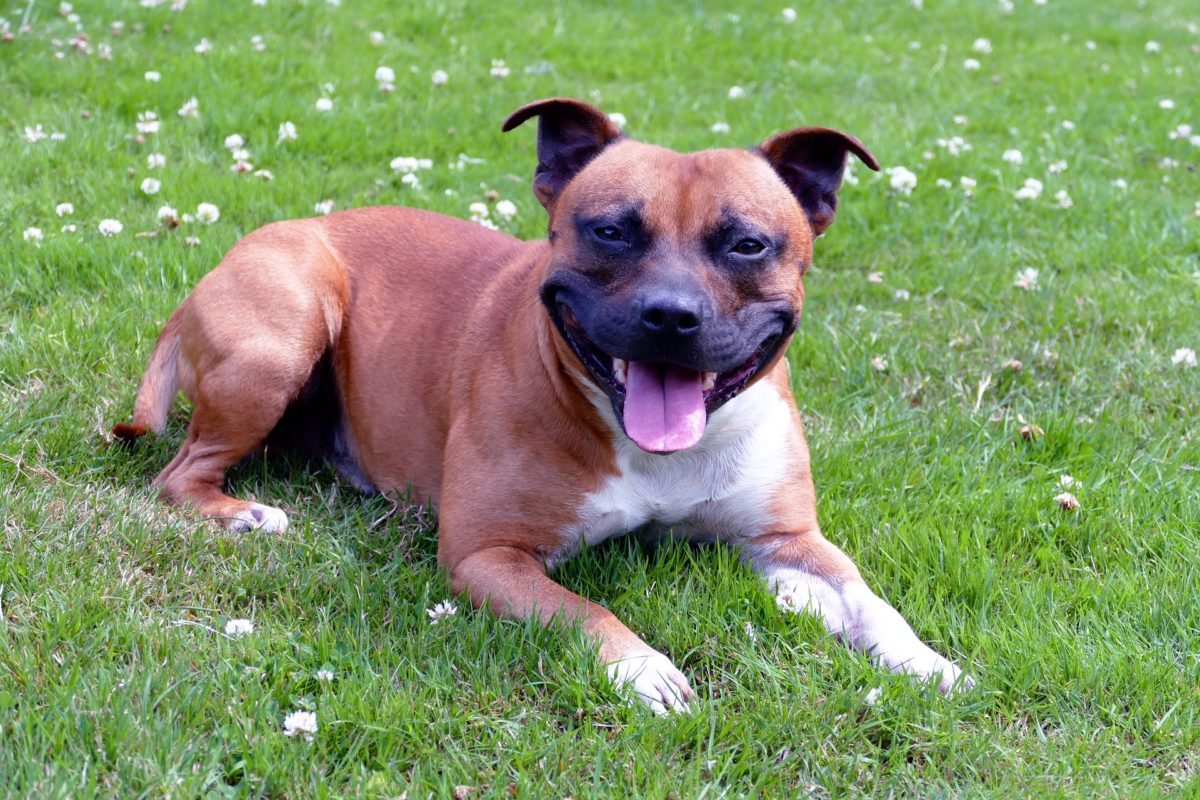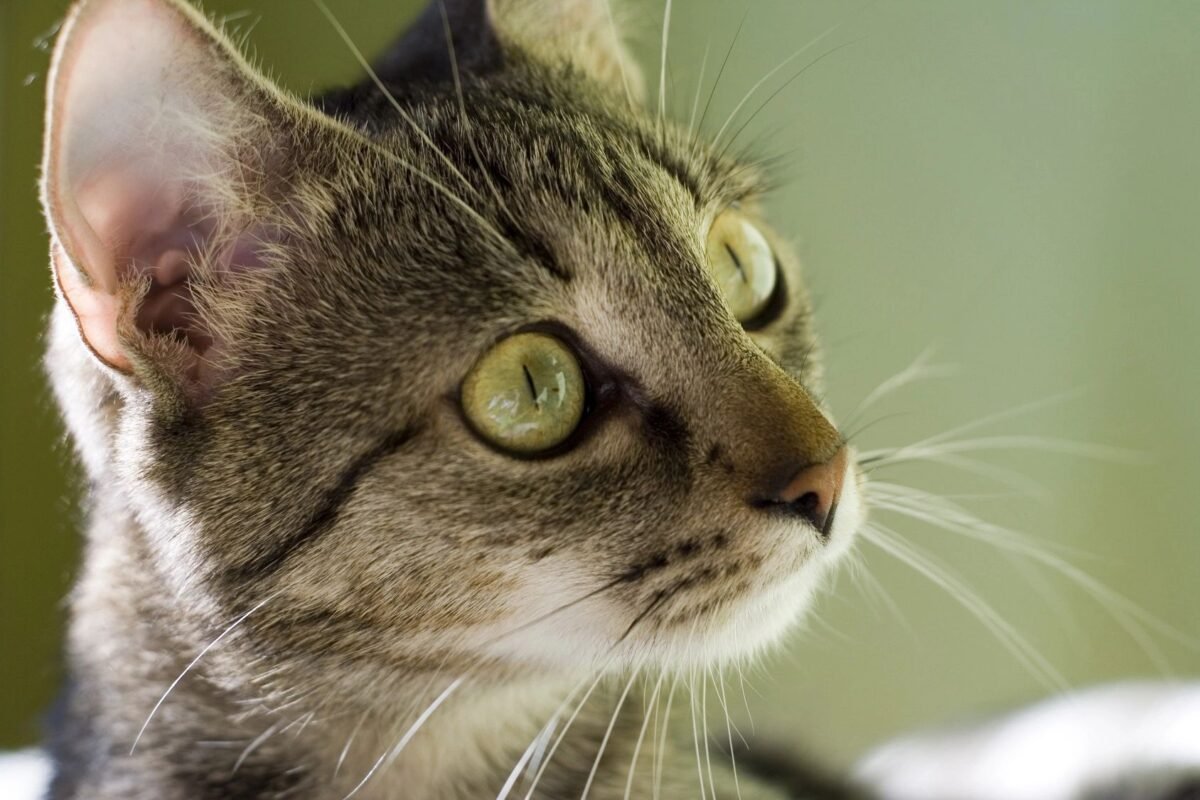-
Animal Rescue intake policies explained

It is that time of year when animal rescues the world over brace themselves for a rush of unwanted and abandoned animals, but how easy is it to part with a pet? In this modern era of disposable pets, the acceptance of unwanted animals by the larger independent and national animal rescue charities has become…
-
The reasons we are so intolerant towards cats.

Cats inhabit every continent except Antarctica and the world is full of cat lovers who find nothing more relaxing than the company of one purring on their lap. For this reason they rank second in popularity in most countries to the dog. But their popularity doesn’t extend to everyone and governments, conservationists, hobbyists and scientists…